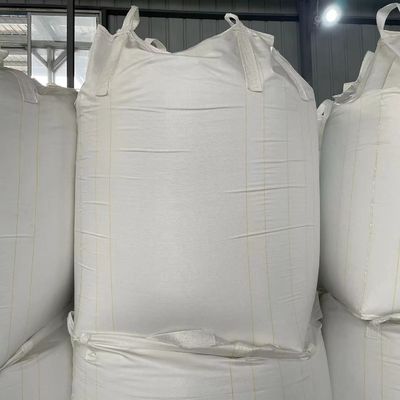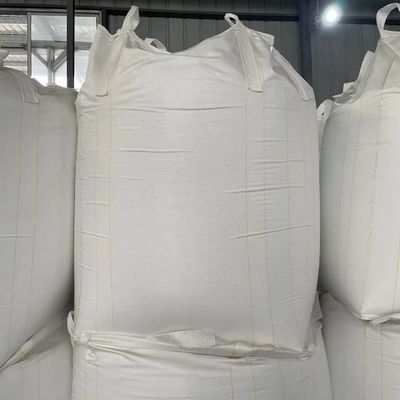-
Hexamethoxymethyl Melamine Resin
-
Methylated Melamine Formaldehyde Resin
-
Methylated Melamine Resin
-
Hexamethylol Melamine
-
Trimethylol Melamine
-
Melamine Urea Formaldehyde Resin
-
Melamine Crosslinker
-
Melamine Resin Coating
-
Amino Crosslinker
-
Butylated Melamine Formaldehyde Resin
-
Melamine Formaldehyde Resin
-
HMMM Resin
-
Amino Resin
-
Paraformaldehyde
Hexamethylol Melamine CAS 531-18-0

Contact me for free samples and coupons.
Whatsapp:0086 18588475571
Wechat: 0086 18588475571
Skype: sales10@aixton.com
If you have any concern, we provide 24-hour online help.
x| Highlight | CAS 531-18-0 Hexamethylol melamine,Hexamethylol melamine CAS 531-18-0 |
||
|---|---|---|---|
| Name | 206 | |
|---|---|---|
| Appearance | Colourless and transparent | |
| Hydroxymethyl content | 48 | |
| free formaldehyde content | ≤2 | |
| Dry loss at105 | ≤12 |
Chemical Properties
This product is a thick liquid, ranging from colorless to a slight yellow hue. Categorized as a thermosetting resin primer, it undergoes gelation upon exposure to cold temperatures and can be diluted with cold water in varying proportions, offering flexibility in its application. Once gelled, it can be redissolved using hot water (70~80℃) in a ratio of 3 to 5 times the volume of the gel. Notably, it is compatible with both cationic and nonionic surfactants in the same bath. At elevated temperatures, it undergoes an irreversible transition from soluble to insoluble, setting firmly. When stored in non-acidic water, it retains its properties for several days.
Production Method
To produce this product, begin by adding 32kg of formaldehyde (37% aqueous solution) to the reaction kettle. Adjust the pH to 8.0 using an alkaline solution. Under continuous stirring, slowly introduce 7.5kg of melamine. Heat the mixture to 70℃ and then cease heating, allowing the temperature to naturally climb to 80~85℃. Maintain stirring for one hour to ensure complete reaction. After cooling, dilute the mixture with water to achieve the desired concentration, stirring for an additional 15 minutes before discharging the material. The resulting product is now ready for use.
![]()
![]()




